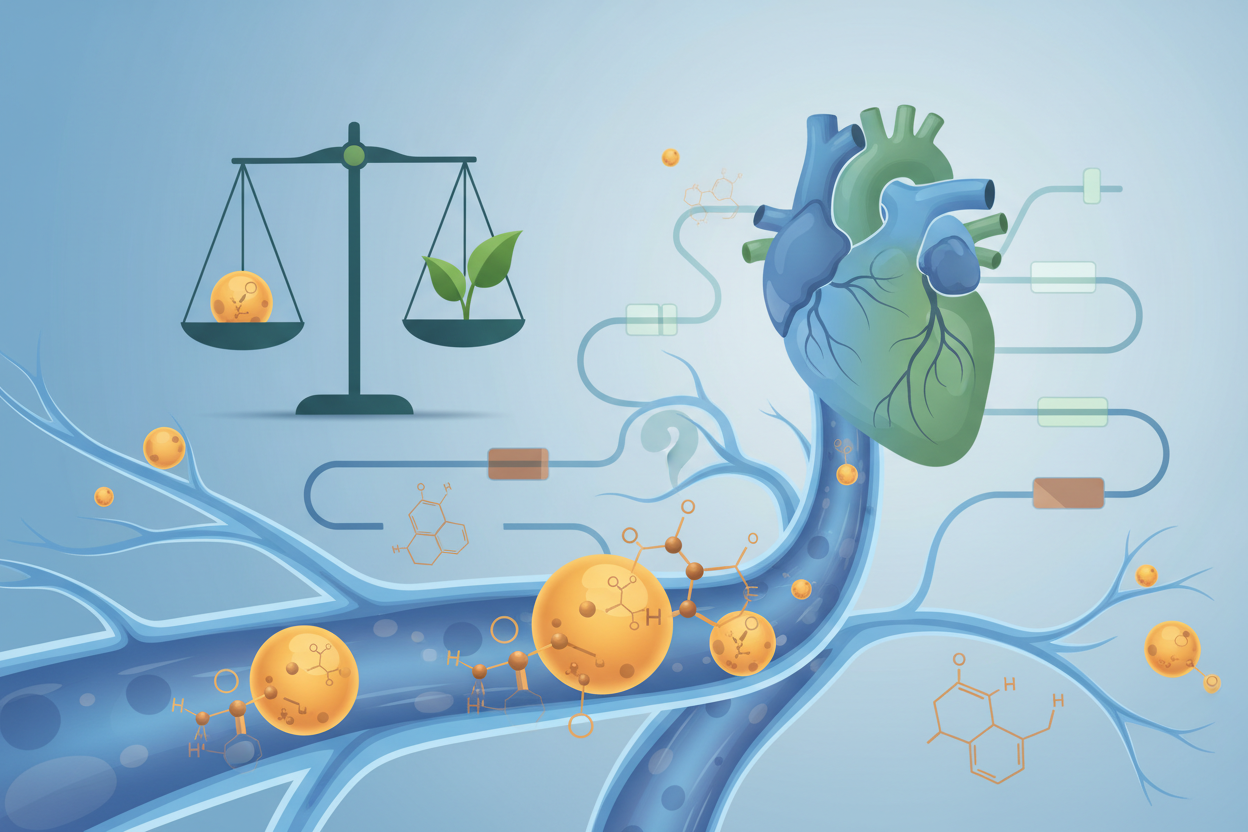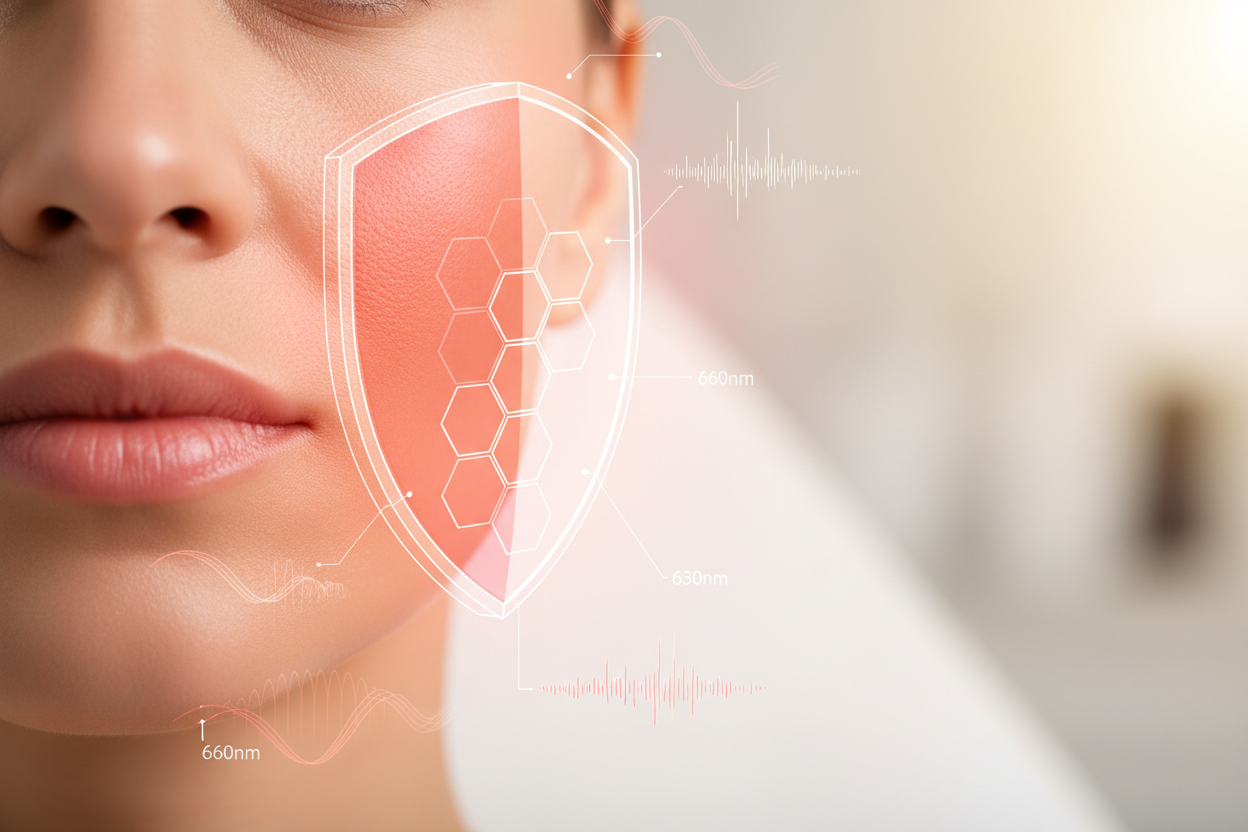A recently published study has revealed a fascinating possibility of protecting astronauts from harmful radiation using a compound called selenomelanin, which is enriched with the metal selenium. This innovative approach could be comparable to the use of sunscreens that protect the skin on Earth from ultraviolet radiation. While our planet's magnetosphere shields us from dangerous radiation, astronauts on the Moon or Mars face various types of radiation without this natural protection. They are exposed to ultraviolet radiation, X-rays, and gamma rays, which are associated with significant health risks. Therefore, finding effective protection for astronauts is crucial for the future of space exploration.
Paradoxically, while NASA is exploring the use of melanin to protect astronauts, dermatologists and ophthalmologists often warn against the sun and recommend blocking it. This approach supports the use of sunscreens and other protective measures, which can bring financial benefits to these professionals as well as large pharmaceutical companies. This contradiction raises questions about potential conflicts of interest in scientific research and public health.
Melanin, produced from the POMC gene, plays a key role in protecting the human body from harmful radiation while also utilizing sunlight to support important biological processes. Its significance goes far beyond mere skin protection – it is an important factor in regulating our overall health. Melanin is especially significant in relation to diseases such as EHS (electrohypersensitivity), fibromyalgia, mold-related issues, MCS (multiple chemical sensitivity syndrome), and mastocytosis. These connections suggest that melanin has a more complex role in our organism than previously assumed.
Exposure to non-ionizing electromagnetic fields (nnEMF) is often associated with the aforementioned health issues. Interestingly, people who are unable to produce sufficient amounts of melanin are more susceptible to these diseases. This finding supports the hypothesis that melanin has not only a protective but also a therapeutic function in the human body. It could explain why some individuals are more sensitive to electromagnetic radiation and other environmental factors.
It is clear that the scientific community needs to adopt a more consistent and holistic approach to melanin and its role in human health. Sun protection should not be one-sidedly demonized but understood in the broader context of the biological and health benefits of melanin. NASA research reminds us that the sun and its radiation are not just a threat but also a life-giving element that plays a key role in our biology and protection.
This paradox between protecting astronauts and warning against the sun on Earth raises important questions about our current understanding of the relationship between the sun and human health. Is it possible that excessive blocking of sunlight could have adverse effects on our health? Could we better utilize our body's natural protective mechanisms, such as melanin production, instead of relying solely on external protection?
The question also arises as to why this complex information is missing in centralized science. Perhaps it is because economic interests often outweigh scientific objectivity and genuine concern for human health. It is time to reconsider our current paradigm and look at the relationship between the sun, melanin, and human health from a new perspective.
Future research should focus on a better understanding of the complex role of melanin in the human body, including its potential therapeutic properties. At the same time, emphasis should be placed on a balanced approach to sun protection that takes into account both the risks and benefits of sun exposure. Only through this holistic approach can we hope to fully understand and harness the potential of our relationship with the sun and melanin to improve human health and protection, whether on Earth or in space.





Leave a comment
This site is protected by hCaptcha and the hCaptcha Privacy Policy and Terms of Service apply.